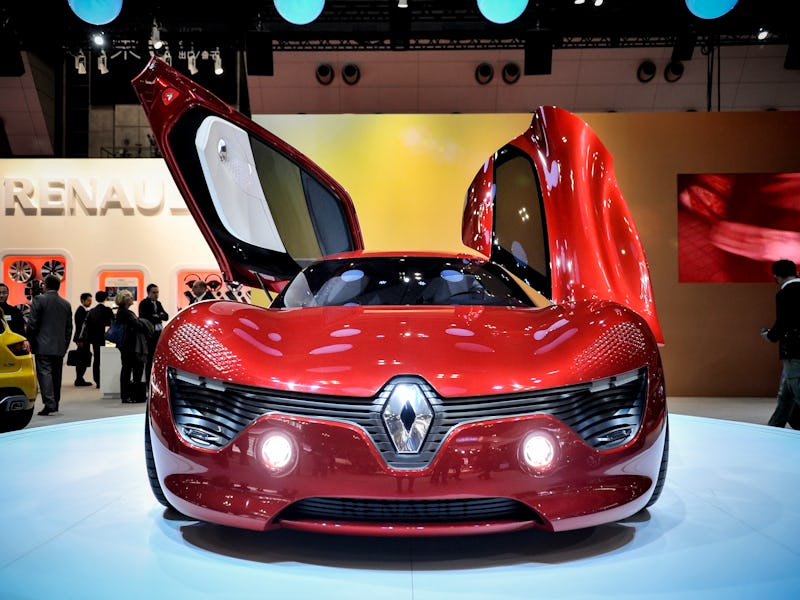Renault Engineers: A.I. Future Means Cars Self-Drive to Repair Shop

The French automaker Renault is developing machine learning technology to flag when an electric vehicle needs a replacement battery. And according to the company’s A.I. engineers, this is the first step toward a self-driving future where cars can know when they need to drive to the nearest garage for repairs, all without humans getting involved at all.
“We already collect data about electric vehicles, and these vehicles at Renault are the only database that has connected cars,” Maggie Mhanna, data scientist at Renault Digital, told an audience at London’s Deep Learning Summit last week. “Every time a piece in a car is replaced, we store this data in another database. We can join these databases together in order to predict the replacement of batteries.”
The implications for this are fascinating: Future passengers may hail an autonomous car instead of owning a vehicle themselves. Think tank RethinkX said in May that the public will switch to this around 10 years after autonomous vehicles are fully legalized. Under this model, an A.I. could identify a problem with the rental car, then the car can drive itself to the manufacturer for an automatic part change. Forget self-driving cars, the vehicles of tomorrow could also be self-fixing.
The Renault Zoe, the company's electric car. Researchers are developing A.I. to determine when parts, like batteries, will need replacing.
Here’s how Renault’s system works: The electric vehicle database collects generic usage data. This includes all sorts of stats, like mileage at the start and end of a journey, battery temperature, external temperature, power consumption during charge and more. The warranty claim database is used by Renault to measure when a part was changed, but for the purposes of such a system the battery replacement data is key.
The team can condense this data down to find the minimum, maximum and mean average of these statistics and use it to judge the state of the car’s battery. A prediction model can work with these figures to pinpoint a battery’s failure around one month before it happens.
This is where the project runs into a snag. At present, the team has data from around 200 failures to work from, a small minority of the 100,000 vehicles the project would cover.
Electric vehicle batteries can go for miles — Elon Musk claims to have a Tesla in the lab that’s done half a million miles. It’s going to take a while before the team has more data to work with, so for now it has a dilemma.
“Do we want to fully find all the failures or do we want to not recall batteries where everything is okay?” Mhanna said.
With the current model, more than 50 percent of vehicles will be called in despite there being no imminent failure. The model could improve sooner, though, especially if the team can isolate a data point that reliably indicates an upcoming failure. One could argue that it’s better to be safe than sorry, but the electric vehicle owner inconvenienced by the trip may not agree.
If you liked this article, check out this video of spherical tires for self-driving cars.